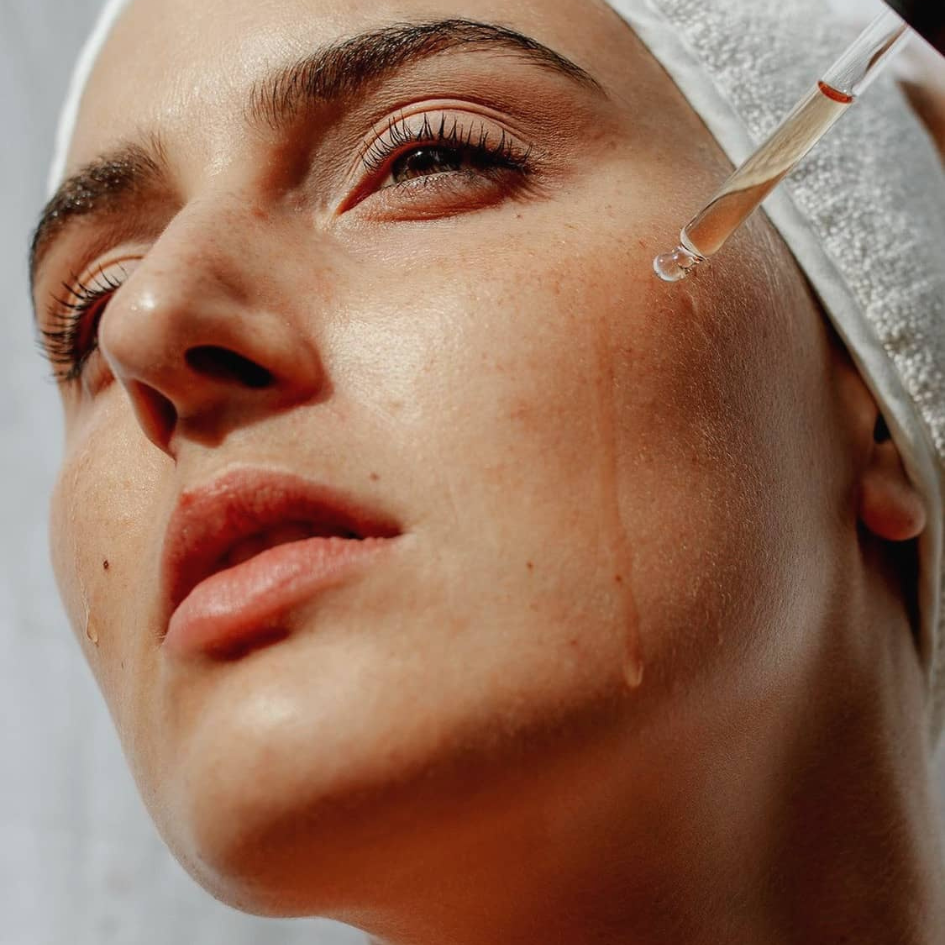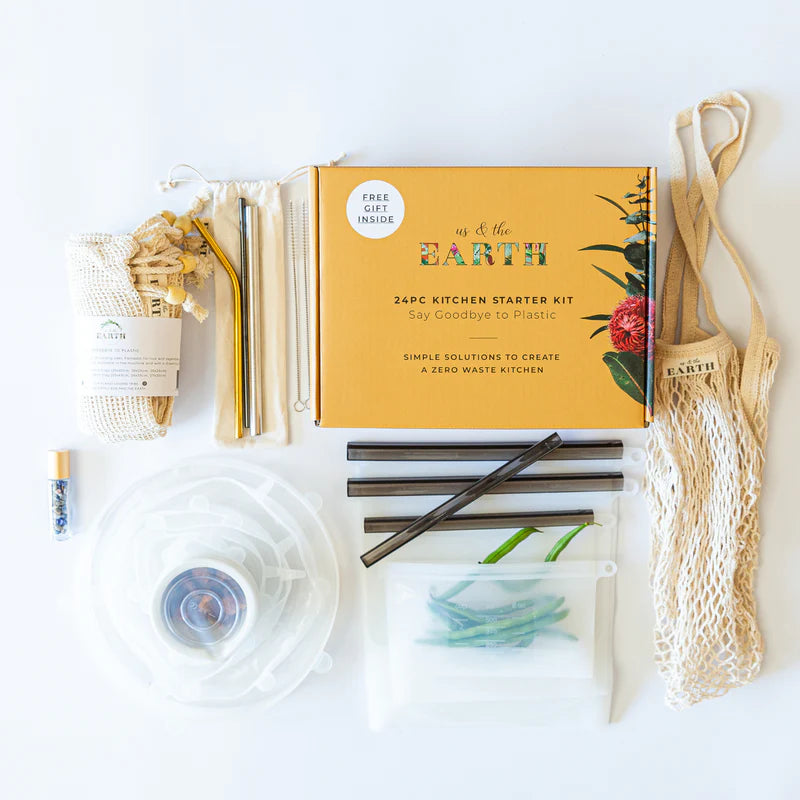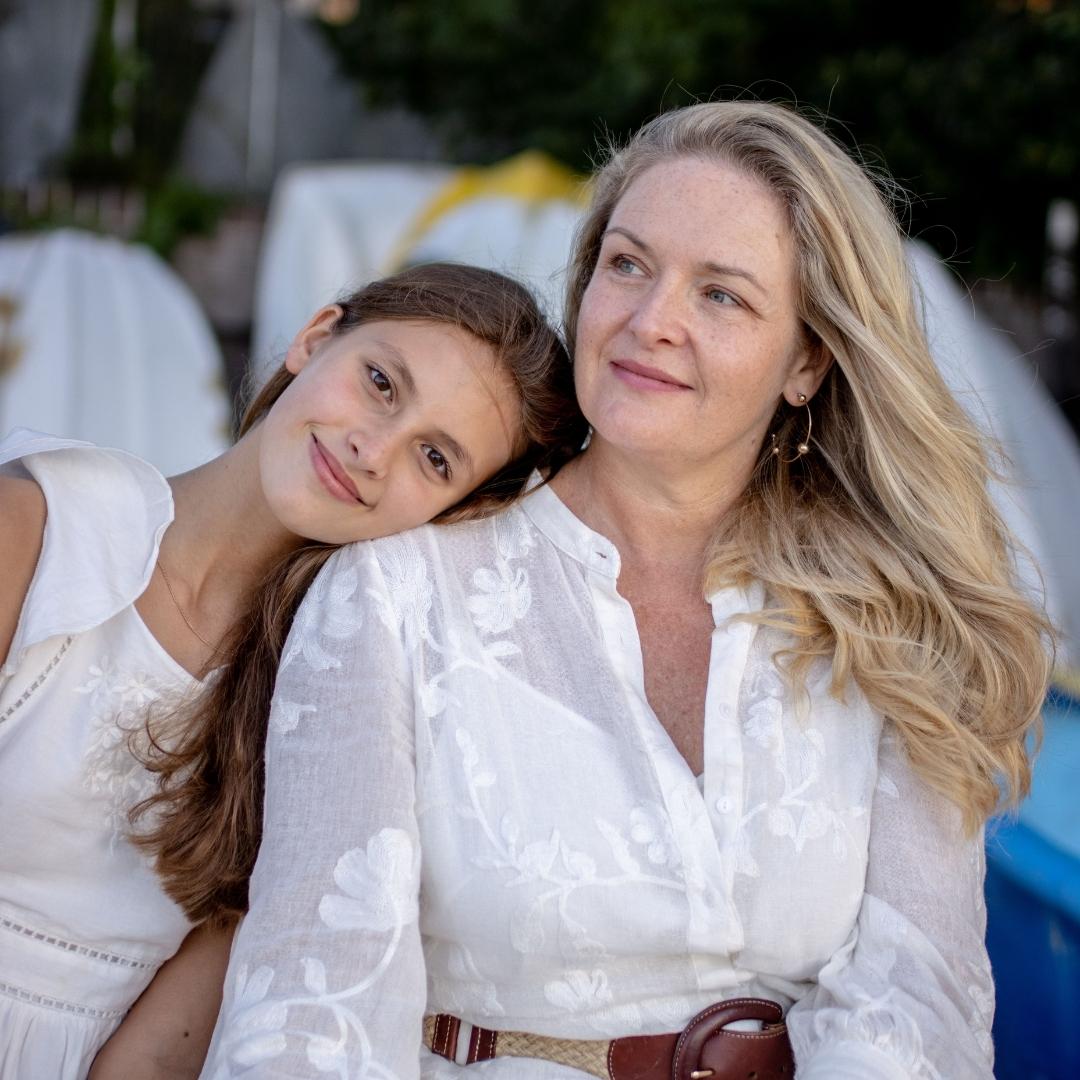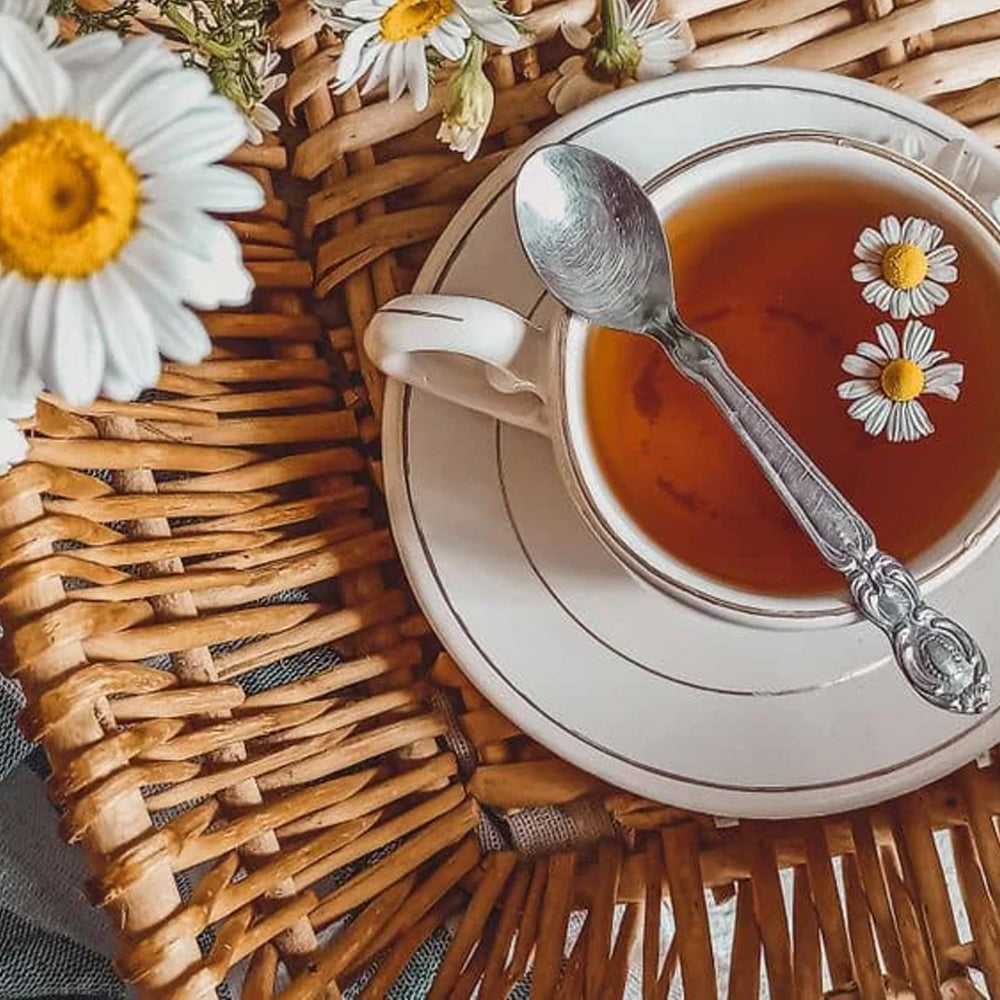Love it, natural toothpaste and the powder is so refreshing and leaves the mouth fresh
Article: Toxins in Skincare: What Aussie Women Need to Know (and Easy Low-Tox Swaps)

Toxins in Skincare: What Aussie Women Need to Know (and Easy Low-Tox Swaps)
What You Need to Know To Reduce Toxins and Chemicals...
If you have wondered what is inside your moisturiser, baby wash or perfume, this is your gentle guide. Low tox is not about perfection. It is about kinder choices for our bodies and our kids without overwhelm. In plain English, we will unpack common cosmetic ingredients, where they show up, how they are linked with hormones and obesogens, and simple swaps you can start today.
Think progress over perfection.
Why do skincare ingredients matter?
Our skin is more than a barrier. Leave on products such as serums, lotions and deodorants can increase contact time. Regulations exist, but many chemicals are still allowed in cosmetics, so a little label savvy goes a long way. This matters for women with cyclical hormone changes, during pregnancy, and for kids who have smaller bodies and higher exposure per kilo.
Where exposure happens:
-
Bathroom: cleansers, moisturisers, hair care, deodorants, fragrance
-
Nursery: baby wash, nappy creams, wipes
- School bags: hand sanitisers, scented sprays, lip balms
The big offenders and where they show up
Fragrance or Parfum
This single word can bundle many chemicals. Some are linked with allergies, skin irritation and potential endocrine effects. You will find it in perfumes, body sprays, lotions, baby products and sometimes even in items labelled unscented.
Swap tips: Choose products labelled fragrance free or those using clearly listed essential oils. Keep essential oils simple, especially for kids and pregnancy.
Parabens
Common in lotions, cleansers and makeup. Some parabens are associated with hormone like activity in lab and observational research. Many brands now offer paraben free formulas.
Swap tips: Look for labels stating paraben free and preservative systems with a better safety profile.
Phthalates
Used to stabilise scent and soften plastics. Certain phthalates have been associated with endocrine effects. Because they often hide within fragrance, choosing fragrance free is the best shortcut.
Swap tips: Unscented or fragrance free products. Avoid vinyl plastics in packaging where possible.
Petrolatum and mineral oils
Quality and sourcing matter. Cosmetic grade petrolatum can be highly refined, but many families prefer plant based alternatives and waxes. If you buy petrolatum based products, look for clear quality standards and use on intact skin as directed.
Swap tips: Try rich plant oils and butters such as shea, cocoa and jojoba. Plant waxes like candelilla are another option. Choose brands that disclose high purity standards.
Other common watch outs
-
SLS and SLES can be harsh for sensitive skin
- Formaldehyde releasers such as DMDM hydantoin and quaternium 15
- Oxybenzone in some chemical sunscreens

Are these linked to hormones and obesogens?
Endocrine disruption 101:
Our hormones are the body’s messaging system, guiding energy, mood, sleep, cycles and growth. Endocrine disruptors are chemicals that can confuse those messages. They often hide in everyday places like perfume, some skincare preservatives, plasticisers and certain UV filters. Women, mums to be and little ones are more sensitive because of life stage and body size.
Obesogens explained:
Obesogens are chemicals being researched for potential interference with metabolic regulation and fat cell development. Certain plasticisers and fragrance components are in focus. For families working on metabolic health, reducing these exposures alongside nutrition, sleep and movement can help.
Low Tox for Babies and kids:
Smaller bodies and developing systems mean simple, fragrance free products are a protective step.
Pure Botanicals Face and Eye Serum - 100% Natural - A facial, decolletage and eye serum all in one, using only the most pure Australian ingredients to provide a rich, completely natural and super hydrating treatment. Suitable for all skin types it is hypo-allergenic and repairs, hydrates, promotes collagen production and elasticity with a very rich Vitamin C boost.

![]() Label decoding in 30 seconds
Label decoding in 30 seconds
-
Scan with Yuka: Use the Yuka app to flag contentious ingredients and compare alternatives.
-
Red flag checklist: fragrance or parfum, parabens, formaldehyde releasers, SLS and SLES, oxybenzone.
-
Prefer:short ingredient lists, fragrance free, clearly disclosed essential oils if used, plant oils and butters, zinc oxide non nano for sensitive skin sunscreen options.
FAQs
Is “unscented” the same as fragrance-free?
Not always. “Unscented” can include masking scents. Look specifically for fragrance-free on the label.Are essential oils automatically safer?
They’re natural, but still potent. Choose simple blends, use sparingly, and be extra cautious in pregnancy and with babies.Is mineral oil always bad?
Quality matters. Some prefer to avoid petrolatum/mineral oil; others choose products that specify high-purity cosmetic grades. Plant oils and waxes are easy alternatives.What should I swap first if I’m pregnant?
Start with deodorant, serum, moisturiser and lip products. Choose fragrance-free, minimal-ingredient formulas.How do I lower my child’s exposure at school?
Provide a gentle handwash (if permitted), avoid perfumed body sprays, and choose unscented wipes/sunscreen.
Browse our entire range of Natural Beauty & Bathroom











Leave a comment
This site is protected by hCaptcha and the hCaptcha Privacy Policy and Terms of Service apply.